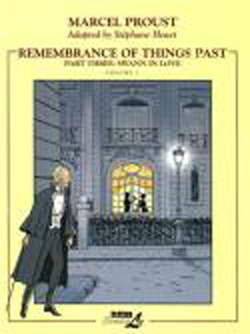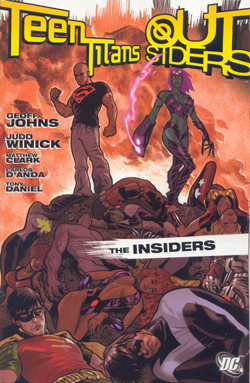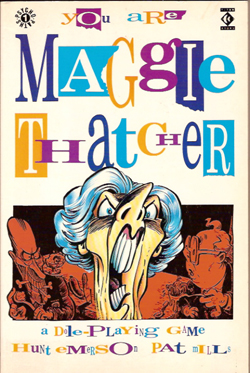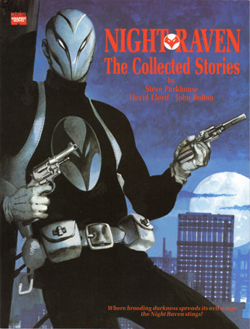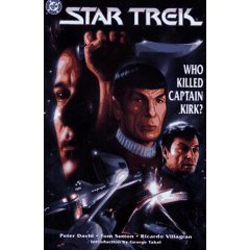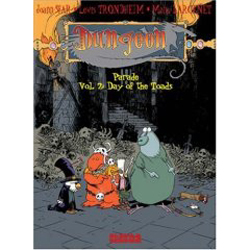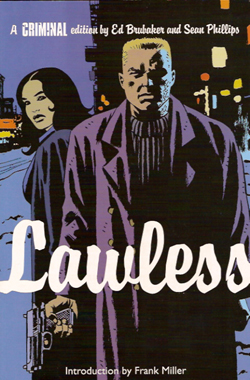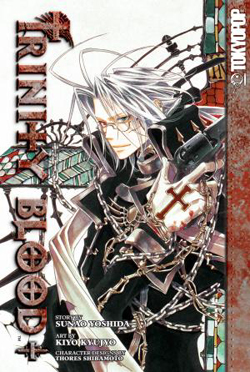
By Sunao Yoshida & Kiyo Kyujyo, character designs by Thores Shibamoto (TokyoPop)
ISBN: 1-59816-674-3
I don’t usually go into much backstory for manga tales, but this phenomenon needs a little extra exposition, so brace yourselves. Trinity Blood is a multimedia experience and if you want to enjoy this rather tasty Sci-Fi vampire saga via this book you’ll want some blanks filled in.
Originally a series of wasei-eigo ranobe (light novels, aimed at the young adult market – prose illustrated with manga -style illustrations) Toriniti Buraddo was originally written by Sunao Yoshida, and were adapted into anime shows and the comic-strips collected here. Although all formats vary to some degree in detail, the basic storylines are similar.
More than nine centuries prior to the events occurring Earth attempted to colonise Mars, and discovered there nanotechnologies that were used to alter the biology of the explorers. The Bacillus nano-machines turned humans in Methuselahs: Shape-changing, super-strong, super-fast immortals that drink human blood and have no tolerance for ultra-violet light. The Crusnik nano-machines were only successfully injected into four subjects, Seth, Cain, Abel and Lilith, transforming them into superior creatures that drank the blood of Methuselahs.
When the colonists returned to Earth an apocalyptic war between vampires and humans all but destroyed civilisation. After ‘The Armageddon’, as society recovered and settled into a slow, Cold War, Methusalahs became a widespread political power controlled from their capital Byzantium, countered by the resurgent Catholic Church, still centred at the Vatican, although the mysterious Albion nation remains an unknown, but oppressive third force. It is now nine hundred years later, and civilisation has gradually returned, although much of Earth’s technology and science has been lost… or suppressed.
In this dark world of intrigue and double-dealing Abel Nightroad, an enigmatic yet affable priest arrives at the city of Istavan where he meets the nun Sister Esther. Oddly out of place at the dark, brooding, beleaguered Church of St Mathias, under the twin moons that seem to bless the predations of vampire Lord Gyula’s monstrous horde, she is fascinated by the itinerant priest but blissfully unaware of his terrible secret. Nor has she any inkling of the part she will play in the eternal struggle with the vampires and how she will aid The Church’s supreme anti-Methuselah weapon when he tries to thwart a plot to destroy the Holy City with a pre-Armageddon super-weapon…
Complex and moody, this High-Gothic thriller is fast-paced and movingly grandiose, and doesn’t fall into the old narrative trap of ‘goodies’ and ‘baddies’. Vampires and High Church each have their own intrinsic charismas and light, deft characterisation keeps the pot boiling when the plot wanders towards over-pomposity. This is a sharp, compulsive fantasy/Sci-Fi/political thriller that appeals to more than just Goths and Geeks, so be prepared to sign up for a long haul and lots of books (two six-novel sequences) and DVDs (24 episodes of the show to watch!) as well as these graphic novels.
This book is printed in the ‘read-from-back-to-front’ manga format.
© 2004 Kiyo Kyujyo. © 2004 Sunao Yoshida. English script © 2007 TokyoPop Inc.

